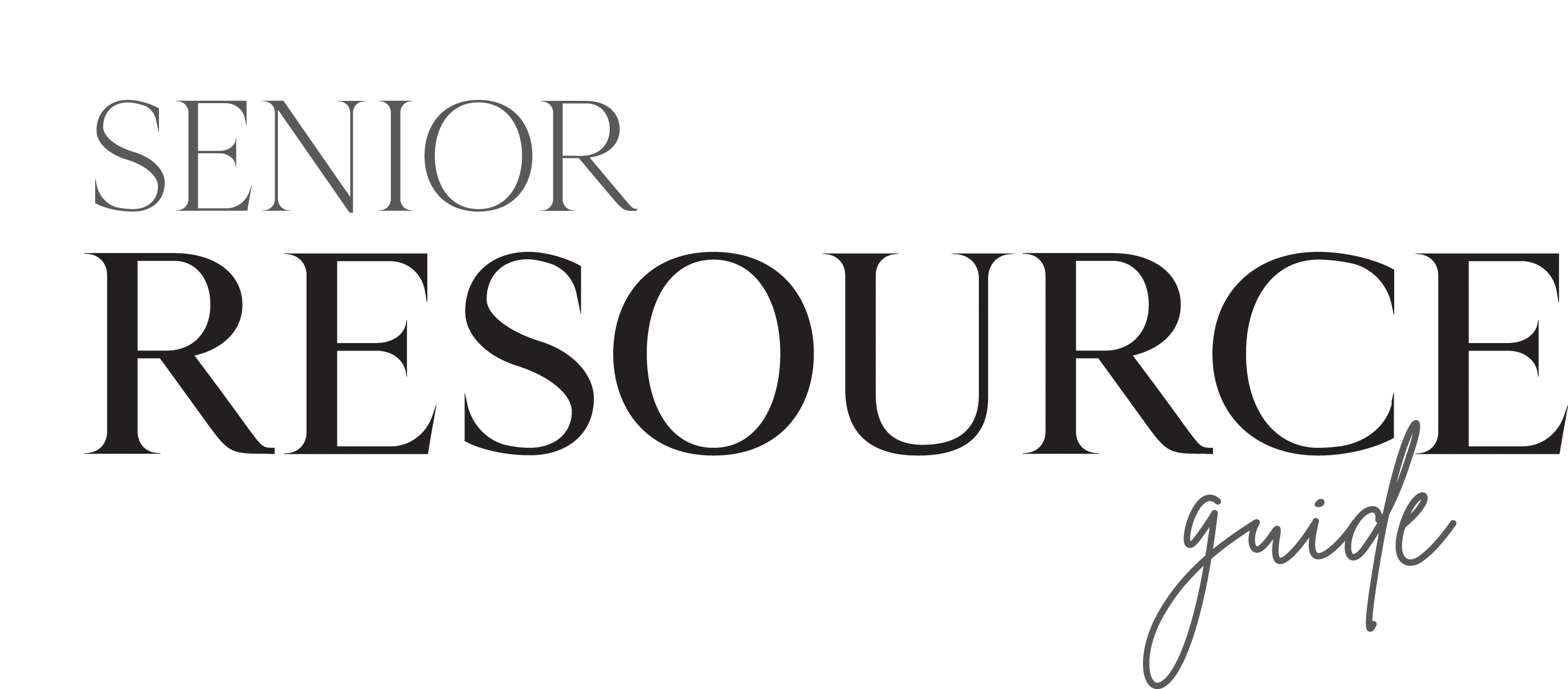
Why do successful eldercare professionals benefit from data metrics?
Over the last several years, new pressures have begun to weigh on the eldercare industry. Whether acute or long-term care, assisted living, home health, or outpatient service, each segment faced diminishing returns, aging properties, changing survey and licensure standards, and more demanding customer expectations.
Enter COVID-19.
This highly contagious virus quickly changed the paradigms. Infection prevention standards tightened, supply costs increased, labor costs rose to uncharted levels, and customer trust declined exponentially, leaving the entire industry with less cash flow and lower occupancy levels.
While many eldercare organizations had already begun to reconsider their operations, COVID forced everyone to rethink: Who are we? What services should we offer? What's the best way to provide these services?
Many companies scaled back their on-site visits and in-person outreach programs, and they began to turn inward to improve their marketing efforts. However, in order to maintain a healthy profit margin, you have to ensure a high return on your marketing investment.
Enter marketing ROI.
What is marketing ROI?
In marketing, return on investment (ROI) describes the profitability of an organization’s marketing efforts. Calculating ROI is an attempt to answer this question: For every $1 spent, how much revenue are you generating?
Without this metric, you'll never know what's working well and what's not in your marketing. In the current climate, you must allocate your organization’s limited resources wisely. Time, money and energy must be spent on those activities which yield the best value for your clients and your business.
Broadly defined, marketing activities are any that impact relationships with current clients and that have the potential to build relationships with future clients. Less occupancy yields less cash flow. Less cash flow means fewer resources in the effort to turn occupancy trends upward.
While good marketing ROI has always been significant, when cash flow or disposable income decreases, identifying and measuring what makes a results-oriented campaign produce measurable financial results is even more important!
Why is marketing ROI essential to your success?
The need to monitor, measure and maximize ROI has become a primary consideration for the overall success of eldercare professionals and their organizations. With occupancy rates down to 81% and continuing to fall, you can’t afford to ignore marketing results.
The needs and methodologies of referrals and referral sources in making placement decisions will never be the same. Every segment of the industry must use easily available metrics that provide insight on what's working and what's not.
The average lead for senior living is roughly $430, yet the average conversion rate is 30%. To calculate the lead-to-tour conversion rate for your organization, you’ll need to sum up the total cost of acquiring the lead, and divide by the total revenue generated from new residents.
Here’s an easy way to help track your lead success across several different channels:
- Let new leads tell you how they heard about you. This could be a survey where respondents can select from a list of your current marketing efforts such as: social media, print media, Google search, etc.
- Divide the total amount of dollars spent on each category of outreach (e.g. $1,000 on Google Ads) by the total amount of leads you obtain from that source (e.g. 20 leads). This will show you that each lead from Google Ads costs $50 each.
- You can then calculate the total conversion rate by taking the number of new residents (e.g. 2) by category of outreach and dividing it by the total number of leads (2/20 = 10%).
This will give you a good idea of how you can adjust your budget to spend more on channels that have a high rate of conversion and/or beats the market average of 30%.
How is marketing ROI calculated?
Given that one of the core purposes of marketing is to drive sales, it's critical to understand the relation between the costs associated with marketing and marketing’s return on those investments.
There are different ways to calculate ROI, but the basic ROI formula is fairly straight-forward: sales growth minus marketing cost, divided by marketing cost equals marketing ROI.
To oversimplify for purposes of illustration, assume a networking event costs the organization $800 (entrance fee, staff time, marketing materials, etc.). If that event yields one client worth billable revenue of $3,200, marketing ROI percentage is (3,200-800)/800=300%. This would be a significant marketing rate of return.
However, one disadvantage of ROI is that it doesn't account for how long an investment is held. An initial investment may not see any tangible results for three to five years, which can make it feel like a sunk cost. You need to forecast not only the dollar value of an investment but how long it will take to see the return, and determine if there are other areas that could see better or faster returns.
Armed with this data, you can better understand where time and resources should be spent to gain sustainable returns. Good marketing ROI can identify activities that produce profit and areas that may create nothing but unproductive busy work.
How does marketing ROI help distinguish an organization from its competition?
In addition to providing hard data to help guide decisions on making the best use of resources, marketing ROI can reveal how a business can set itself apart from its competitors.
What works for other organizations or in other places might not be effective for your business and might not be appropriate for your market.
Research indicates that marketers who compute their ROI are 1.6 times more likely to be awarded higher budgets for their marketing, which are key to a successful marketing program.
Successful marketing programs increase cash flow; increased cash flow provides additional discretionary funds; and increased discretionary funds enhance the lives of your clients. Satisfied clients and professionals are much more likely to provide direct referrals.
Marketing ROI, done correctly, can result in much deeper market penetration and improve overall metric outcomes.
